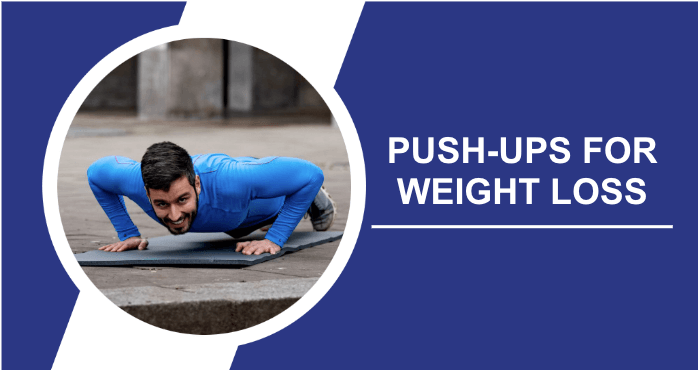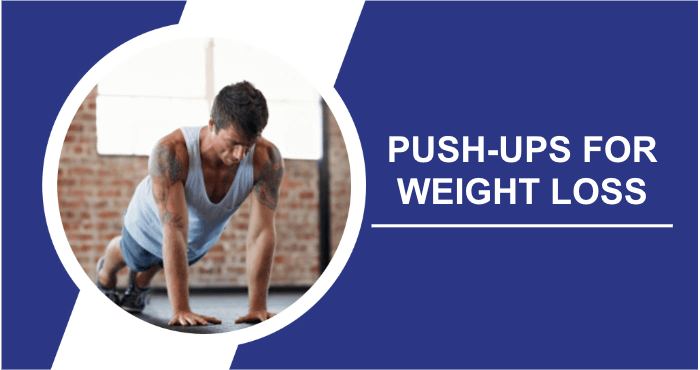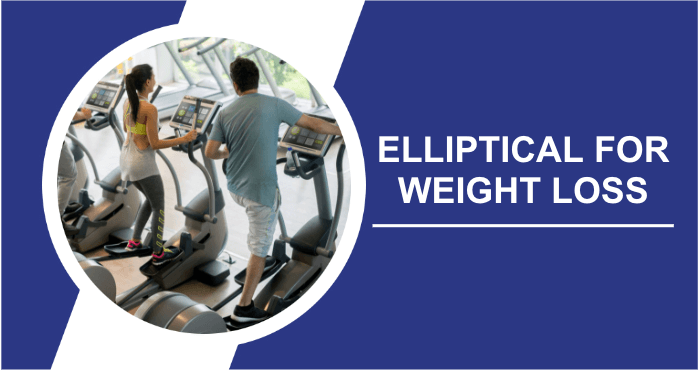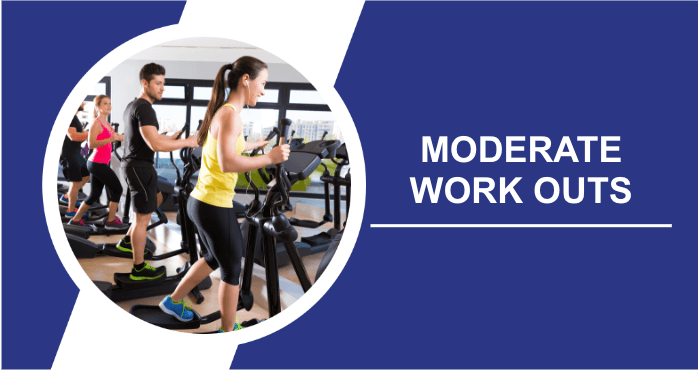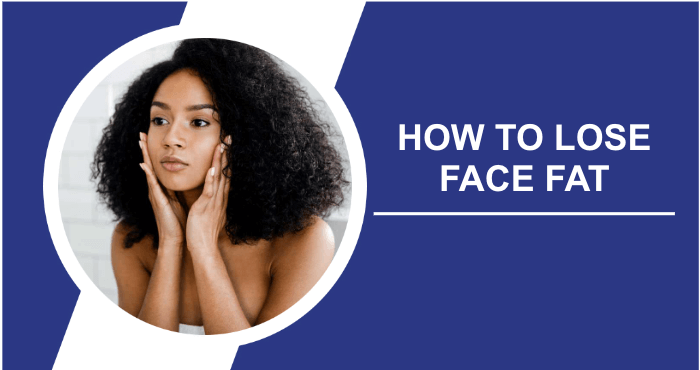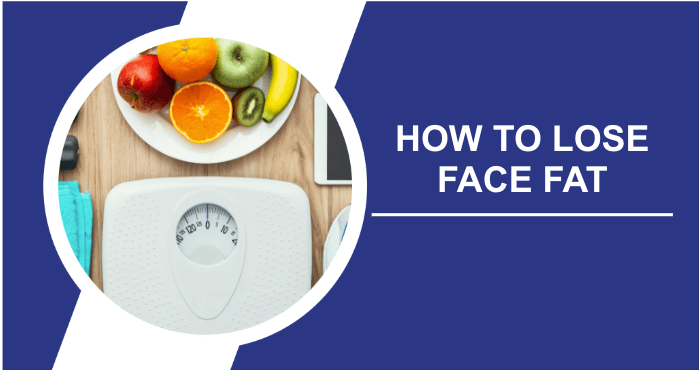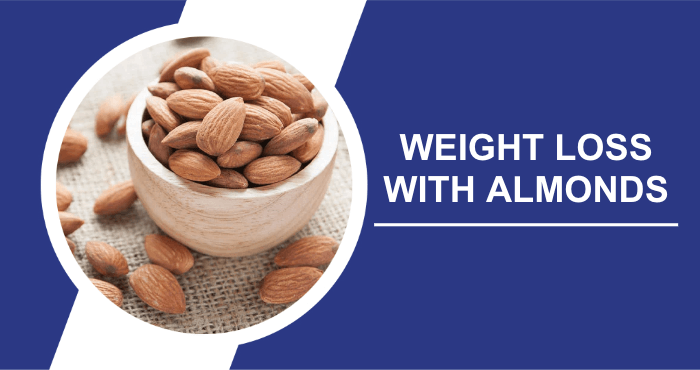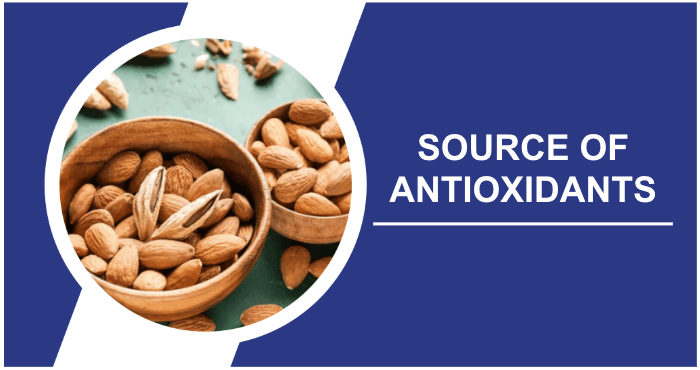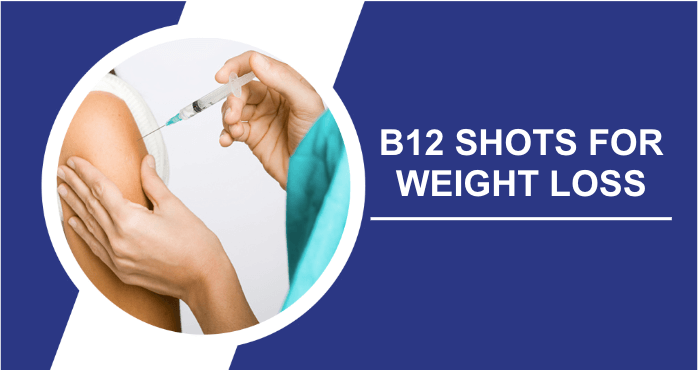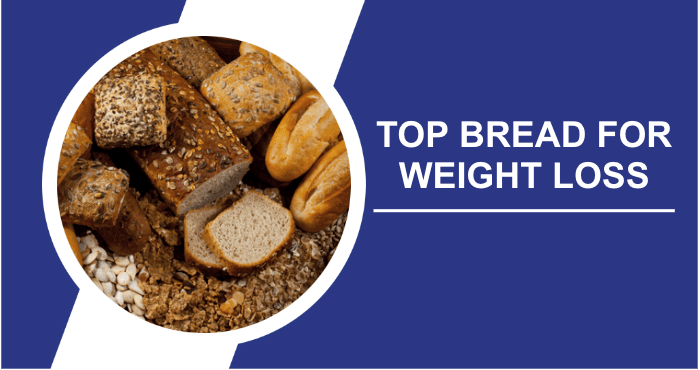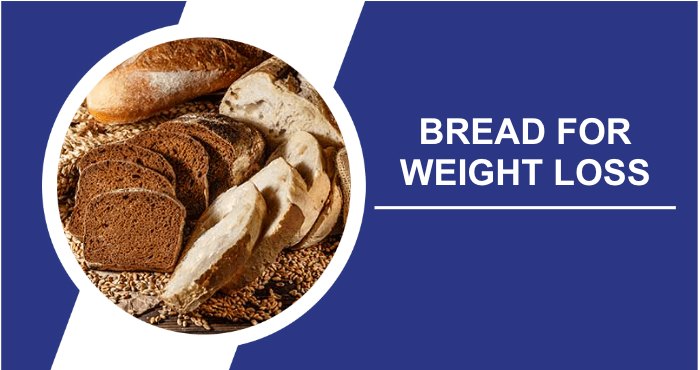For countless years, there has been an ongoing debate among experts regarding the effectiveness of B12 injections in promoting metabolism and weight loss in individuals seeking to reduce their body weight. Some argue that B12 can produce favorable weight loss results even in the absence of a deficiency. Let’s find out!
The use of supplements may help to increase your energy levels, speed up your metabolism, improve your sleep patterns, and enhance your overall mood. If you are considering the possibility of receiving a B12 injection, read on to determine if B12 injections are a viable approach to weight loss.
Does B12 make weight loss easier?
As a practical matter, the need for a B12 shot for weight loss is somewhat limited. To shed excess pounds, it is imperative to adopt a healthy lifestyle, follow a structured weight loss program, and make dietary changes to support your weight loss goals.
Emphasizing changes in your eating habits and implementing other weight loss strategies should be a priority. Incorporating foods rich in vitamin B12 into your diet can significantly improve your chances of losing body fat.
What are B vitamins in general?
B vitamins are like the unsung heroes of our body’s daily performance. They’re a group of essential nutrients that play critical roles in converting food into energy, supporting our nervous system, and maintaining healthy skin, hair, and nails. Think of them as the behind-the-scenes crew that keeps our bodies running smoothly so we have the energy and vitality we need to face each day’s adventures with a smile.
Reviews of B12 injections for weight loss
Due to the human body’s inability to produce B12 naturally, we must obtain it through regular intake of supplements or dietary sources. Vitamin B12-rich foods include dairy products such as cheese, milk, and eggs, as well as meat and fish.
Vegetarians and people who avoid animal products often rely on vitamin supplements and fortified cereals to meet their B12 needs. Your Recommended Daily Intake (RDI) may vary based on individual factors such as dietary preferences and age. In general, the RDI for vitamin B12 for a typical adult is in the range of 2.4 to 2.8 micrograms.
Vitamin B12 and its effect on weight: A Review of the Evidence
Intriguingly, several studies have revealed a possible link between maintaining adequate levels of vitamin B12 and a reduced risk of obesity and weight gain. For example, a study of 9,075 people found a link between higher levels of vitamin B12 and a reduced likelihood of obesity. Similarly, a study of 256 children found that those with lower B12 levels tended to have a higher body mass index (BMI), a measure of body size in relation to weight and height.
It’s important to note, however, that while these studies suggest an association between body weight and vitamin B12 status, they don’t account for other potential contributing factors. As a result, it is premature to conclude that vitamin B12 directly causes weight loss. More research is needed to determine if there is a definitive effect of B12 on BMI or total body weight.
B12 injections for weight loss
Although changing your diet to include more vitamin B12 is a commendable approach, opting for injections is an optimal way to return to a healthier lifestyle. With injections, you receive a more concentrated form of B12 directly into your bloodstream, bypassing the slower digestive process. This rapid absorption allows you to experience the benefits of B12 more quickly.
What is vitamin B12?
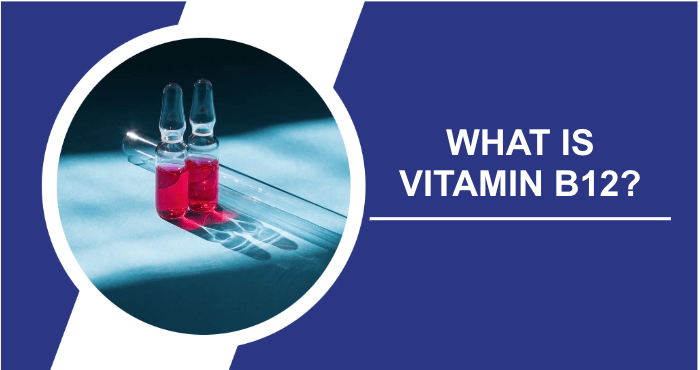
Vitamin B12, also known as cobalamin, is a water-soluble vitamin found in prescription medications, dietary supplements, fortified processed foods, and animal products. It plays an essential role in cellular metabolism in the human body.
As one of the eight B vitamins, vitamin B12 is essential for DNA synthesis and the metabolism of both amino acids and fatty acids. This metabolic function means that without proper absorption and intake of B12, the body is unable to effectively process carbohydrates and fats. The primary functions of vitamin B12 in the body include:
- Assisting in the development of red blood cells.
- Improving immune system functions and responses.
- Strengthening the nervous system and supporting brain health.
Effects of B12 on metabolism and body fat
Despite the limited research conducted on vitamin B12 in humans, several studies suggest that vitamin B12 may have an effect on metabolism and the accumulation of body fat. Vitamin B12 plays a critical role in fat metabolism, and a deficiency of this vitamin may be associated with obesity and increased fat storage.
One animal study showed that severe vitamin B12 deficiency significantly increased cholesterol levels and body fat percentage in pregnant mice. Another study showed that vitamin B12 supplementation in rats fed a high-fat diet resulted in reduced weight gain and increased levels of several metabolic enzymes.
How does B12 affect your metabolism?
You can take a B12 shot to assist your body in functioning more effectively. Here are some of its benefits:
- Boosts energy
- Improves mood
- Promotes healthy eyesight
- Contributes to healthy bones
- Enhances beauty
- Eliminates anemia
Boost energy with B12
If you are constantly feeling tired and your energy levels are steadily decreasing, it may be a clear sign of a vitamin B deficiency. A quick dose of B12 can provide a revitalizing and rejuvenating boost.
Considering that anemia is one of the most prominent symptoms associated with B12 deficiency, it is logical to expect that individuals who increase their B12 intake will experience increased vitality and vigor. Even those who do not show overt signs of anemia can still reap the benefits of B12 injections.
Improves Mood
B12 has been linked to mood improvement, with several studies suggesting its potential to enhance emotional well-being. This essential vitamin plays a role in the production of neurotransmitters such as serotonin and dopamine, which are critical for regulating mood and emotions.
When B12 levels are adequate, these neurotransmitters can function optimally, promoting a more stable and positive mood. Therefore, maintaining adequate B12 intake through dietary sources or supplements may contribute to an improved overall sense of well-being and mood stability.
Promotes healthy vision
Including B12 in your health regimen can help maintain clear vision as you age. Scientific evidence supports its effectiveness in treating macular degeneration, resulting in improved vision. Macular degeneration is a common age-related disease that, in severe cases, can lead to mobility problems. By proactively incorporating B12 shots into your routine, you can maintain optimal eye health and reap additional health benefits in the long run.
Eliminates anemia
Anemia, characterized by a lack of red blood cells in the bloodstream, is often associated with low iron levels or insufficient B12. Anemia can cause fatigue and difficulty breathing. B12 injections play an important role in treating anemia by increasing red blood cell production. With consistent treatment, many people experience a significant reduction in weakness and fatigue. Some even report improvements in their lung function after B12 therapy.
Helps maintain strong and healthy bones
Vitamin B12 plays a key role in maintaining strong and healthy bones, improving overall flexibility and strength. Research suggests that B12 helps increase mineral density in bones, reducing their susceptibility to fracture and increasing their resistance to significant damage.
Individuals with adequate levels of B12 are less likely to develop osteoporosis in the future. B12 injections are often recommended, especially for women, as they have a higher risk of osteoporosis than men.
Enhances beauty
Regular B12 injections can help improve your appearance by strengthening your skin, nails, and hair. B12 supports the production of new cells in your body, speeding up the replacement of old cells. This process can result in a flawless complexion and more attractive nails.
Many people who incorporate B12 shots into their routine notice improvements in the texture and shine of their hair. B12’s association with beauty is so strong that it is available over the counter and marketed as a beauty supplement. The benefits of B12 can be experienced more efficiently and quickly through injections.
What foods are high in B12?
When it comes to finding foods rich in B12, you can count on some delicious options. Animal products steal the spotlight in this department, with lean meats like beef, chicken, and fish leading the way. Eggs and dairy products like cheese and yogurt also provide a good dose of B12.
For the plant-based folks, fortified cereals, plant-based milk, and nutritional yeast are excellent choices for meeting your B12 needs. So whether you’re enjoying a juicy steak or sipping on a creamy almond milk latte, there are plenty of tasty ways to make sure you’re getting your B12 fix!
Common signs of vitamin B12 deficiency
Vitamin B12 deficiency often manifests as megaloblastic anemia, which is characterized by a reduced number of red blood cells that are typically larger than normal. This condition can cause several side effects and symptoms, including:
- Poor balance
- Headaches
- Shortness of breath
- Memory loss
- Fast heartbeat
- Tiredness
It’s important to note that low vitamin B12 levels do not always result in megaloblastic anemia. Many people may experience mild symptoms, such as fatigue. In addition, while a vitamin B12 deficiency may not directly lead to weight gain, it can contribute to decreased energy levels and increased fatigue. This deficiency can make it more difficult to manage weight and maintain an active lifestyle.
Some studies have also suggested that a decrease in vitamin B12 levels may lead to a loss of appetite, which could lead to weight loss if left untreated. If you have a B12 deficiency, your healthcare provider may recommend oral vitamin B12 supplements or injections to increase your blood levels. Including B12-rich foods in your diet, such as meat, fish, milk, and cheese, may also help prevent megaloblastic anemia.
Are there other B12 supplements?
There are several B12 supplements available for those who have dietary restrictions, absorption issues, or simply want an extra boost. You can find B12 supplements in a variety of forms, including pills, sublingual tablets that dissolve under the tongue, and even B12 injections for those with severe deficiencies.
Vegan-friendly B12 supplements derived from microorganisms are also on the market. These supplements can be a convenient way to make sure you’re meeting your B12 needs, especially if your diet isn’t providing enough, or if you’re looking to address specific health concerns. Always consult a health care professional before starting any new supplement program.
What are the side effects of B12 shots?
While B12 shots are generally considered safe and beneficial for people with B12 deficiency, as with any medical procedure, they can have some side effects. Common side effects include pain or discomfort at the injection site, mild itching, or redness.
In rare cases, some people may experience allergic reactions such as hives, swelling, or difficulty breathing that require immediate medical attention. It’s important to have B12 shots administered by a qualified healthcare provider who can ensure proper technique and monitor for any adverse reactions. If you’re considering a B12 shot, talk to your healthcare provider about the potential risks and benefits.
Conclusion
In summary, vitamin B12 plays a critical role in several aspects of our health, including heart health, brain function, and the formation of DNA and red blood cells. It’s reassuring to know that there are no significant risks associated with consuming high doses of B12 in your pursuit of weight loss, and there are no widely known potential side effects of B12 shots.
For those who are concerned about needles, it’s worth noting that B12 supplements are available in a variety of forms, including lozenges, liquids, capsules, and tablets. While a B12 injection can produce noticeable results, a true deficiency of the vitamin is usually required for a meaningful effect.
It remains uncertain whether vitamin B12 can affect weight loss if you already have an adequate dietary intake of B12, as this vitamin is easily found in fortified foods and animal products. It’s a good idea to consult with a health care professional before starting any new supplement or weight loss plan to make sure it meets your specific needs and health goals.
Frequently asked questions
How do B12 shots help with weight loss?
B12 shots are believed to facilitate weight loss by improving metabolism and increasing energy levels. This can potentially help individuals maintain an active lifestyle and better adhere to a calorie-controlled diet.
Are B12 shots appropriate for everyone who wants to lose weight?
B12 shots may be appropriate for individuals with a B12 deficiency, as correcting this deficiency can improve overall health and energy levels. However, they may not be effective for weight loss in individuals with adequate B12 intake.
Are there any possible side effects of B12 shots for weight loss?
B12 shots are generally considered safe with minimal side effects. Some people may experience mild discomfort at the injection site, but serious side effects are rare. It is important to consult with a health care professional before starting B12 shots.
Can B12 shots be combined with other weight loss strategies or supplements?
Yes, B12 shots can be used in conjunction with other weight loss strategies, such as a healthy diet and exercise program. However, it’s important to consult a healthcare professional to ensure safe and effective supplementation.
Can I buy B12 shots over the counter or do I need a prescription?
Typically, B12 shots require a prescription from a healthcare provider. It is important to consult a healthcare professional to determine their suitability for your specific needs and health goals.
Resources
- Ozer S, Sonmezgoz E, Demir O (2017). Negative correlation among vitamin B12 levels, obesity severity, and metabolic syndrome in obese children: A case-control study. JPMA. The Journal of the Pakistan Medical Association, [online] 67(11). Available at: Read article
- Ghosh, S., Sinha, J.K., Putcha, U.K., and Raghunath, M. (2016). Severe but Not Moderate Vitamin B12 Deficiency Impairs Lipid Profile, Induces Adiposity, and Leads to Adverse Gestational Outcome in Female C57BL/6 Mice. Frontiers in Nutrition, [online] 3. Available at: Read article
- Zheng, Y., Ma, A., Zheng, M., Wang, Q., Liang, H., Han, X., and Schouten, E.G. (2018). B Vitamins Can Reduce Body Weight Gain by Increasing Metabolism-related Enzyme Activities in Rats Fed on a High-Fat Diet. Current Medical Science, [online] 38(1), pp. 174–183. Available at: Read article
- Wolffenbuttel, B.H.R., Wouters, H.J.C.M., Heiner-Fokkema, M.R., and van der Klauw, M.M. (2019). The Many Faces of Cobalamin (Vitamin B12) Deficiency. Mayo Clinic Proceedings: Innovations, Quality & Outcomes, [online] 3(2), pp. 200–214. Available at: Read article
- Nagao, T. and Hirokawa, M. (2017). Diagnosis and treatment of macrocytic anemias in adults. Journal of General and Family Medicine, [online] 18(5), pp. 200–204. Available at: Read article
